On the hill of Santa Susana Mountains sits Pico No. 4, the first production and commercially successful oil well in California, which is considered a birthplace of the state’s petroleum boom.
The well was considered the longest operating oil well in the world until it was conserved in 1990 after operating for more than 114 years, according to the Santa Monica Mountains Conservancy website.
It was drilled in 1876 near the city of Newhall by a French entrepreneur named Charles Alexander Mentry who explored the oilfield in Pico Canyon.
Within a year, Mentry drilled three wells that didn’t produce much oil, but it was the Well No. 4 that streamed a geyser to the top of a derrick.
Drilled 370 feet deep, the well producing 25 barrels per day, ultimately becoming a success that allowed Mentry to make a bigger investment the oil production.
The discovery of the Well No. 4 quickly led to the appearance of a new town called Mentryville, named after the well’s founder, which hosted more than 200 residents, majority of them arrived from Pensilvania’s oil fields to work for Metry, the L.A. Times reported.
But during Great Depression in 1930s when the oil production declined, residents started leaving the town.
In 1995, Chevron acquired Standard Oil of California and donated the Mentyville site to the Santa Monica Mountains Conservancy group.
Today the town is a one block village with only Mentry’s 13-rooms mansion survived. The site was turned into a National Historic Landmark in 1966.
While the California’s oil continue to gush in the Santa Susana Mountains and other fields across the state, the oil prices continue to change every day.
Almost 150 years after drilling the first Californian well, it’s still unclear where the oil prices are going.
On Dec. 3, crude oil costs $70.30 per barrel.
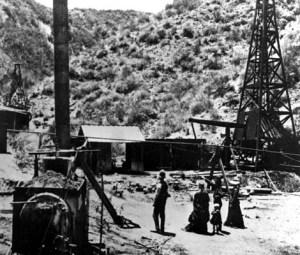
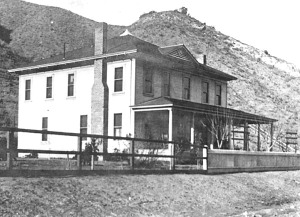
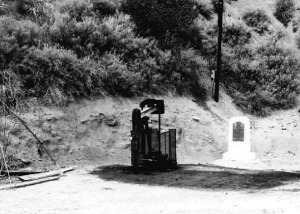

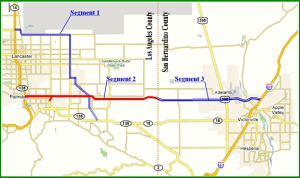
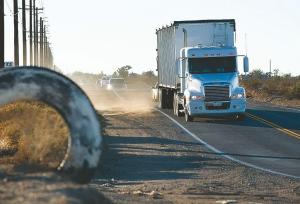
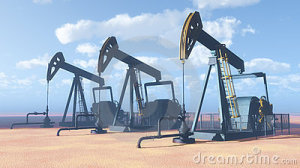
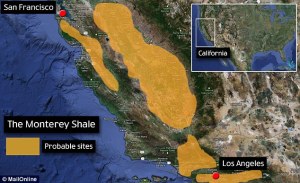
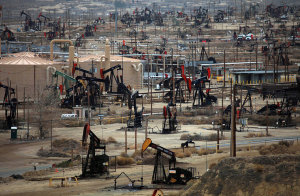
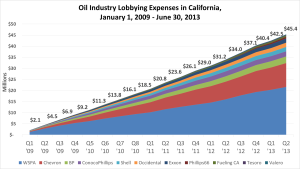
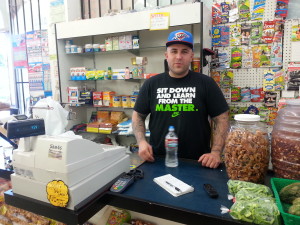


 economists closely watch their activity, trying to link it to economic growth or decline.
economists closely watch their activity, trying to link it to economic growth or decline.